Animal welfare is a genuine concern for most travellers and in Thailand. The treatment of captive elephants is something which should be on everyone’s mind. A number of elephant centres call themselves sanctuaries, but there are currently no agreed standards, and sometimes the word is added as a cynical marketing ploy.
ABTA (the Association of British Travel Agents) recently issued a directive advising against all forms of contact, including riding and bathing and only allowing feeding where there’s a barrier.
As I discover, are few places adhere to these guidelines.
Elephants have been part of Thailand’s history and culture for centuries and were used in warfare, transport and, until recently, in the forestry industry. In 1989, due to environmental concerns, the government banned all logging and suddenly thousands of animals, along with their mahouts, were out of work. Since they eat around 250kgs a day, at the cost of £1000 a month, the only way of keeping them alive was through tourism.
Elephants World
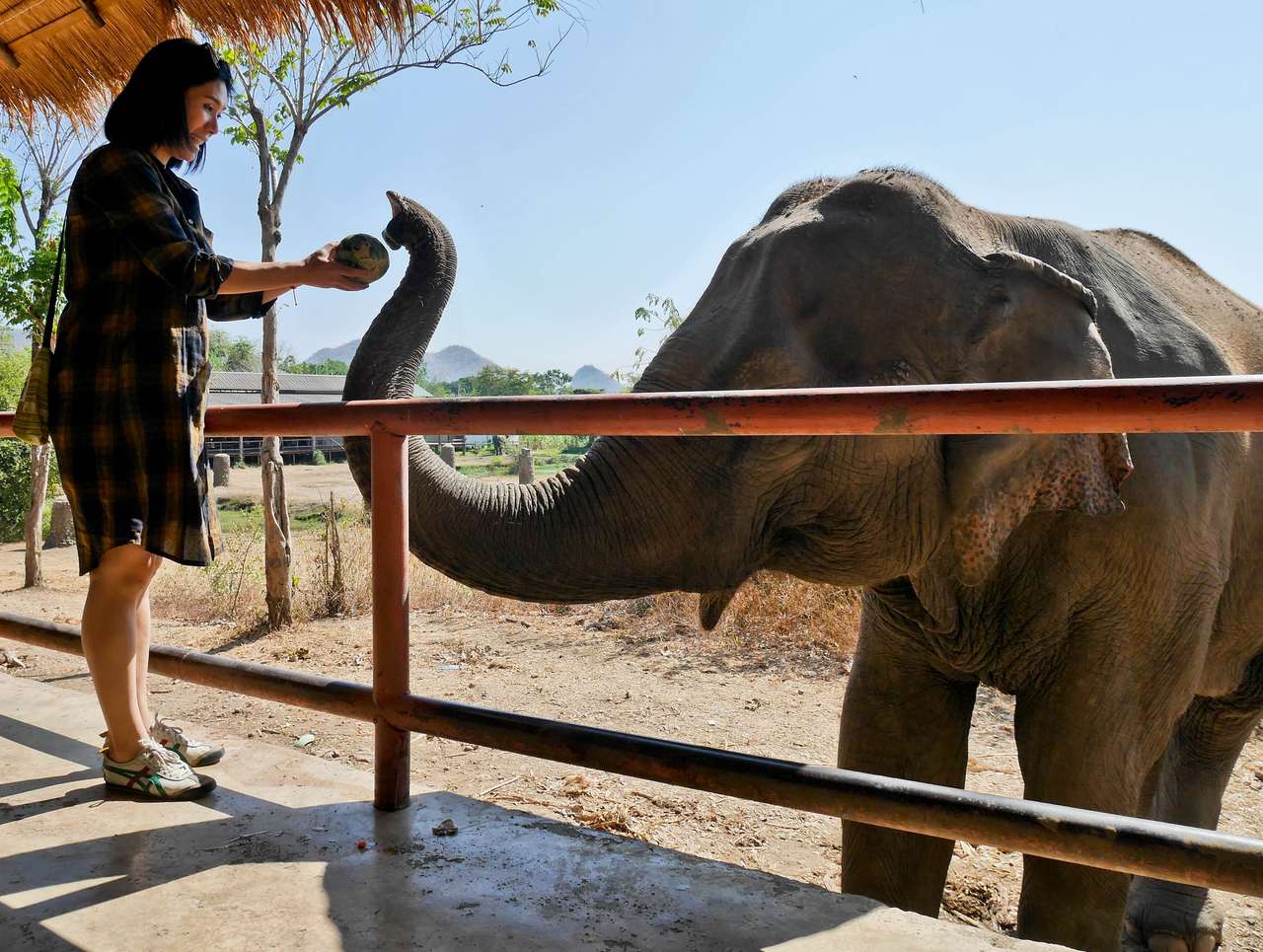
I drive around three hours west from Bangkok to Kanchanaburi to visit Elephants World founded in 2008 by a Thai vet and his wife. They started with three and now have 22 animals here. It’s a beautiful spacious site, on the banks of the River Kwai, and the care feels good. Feeding is allowed behind a barrier from specially constructed walkways, and riding is definitely out. However, I’m surprised to see that they allow tourists to join the elephants for their morning bath in the river, although numbers are kept low.
Green Elephant Sanctuary Park
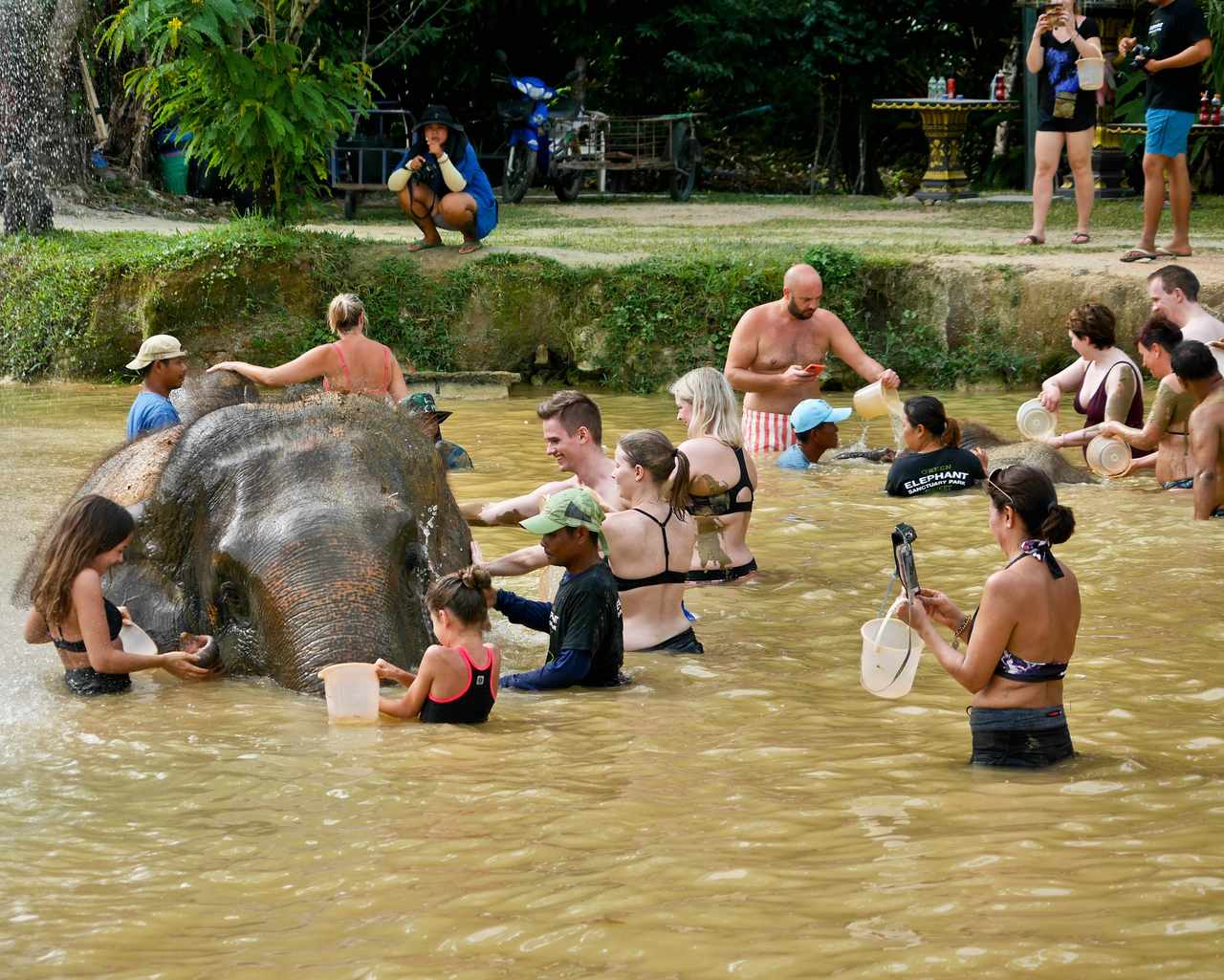
A flight south brings me to the island of Phuket, where centres have been established for those tourists seeking a respite from sun and sand. It’s here where I hear terrible stories of animals being shackled by the side of the road, offering rides in the midday sun. Thankfully Green Elephant Sanctuary Park doesn’t offer riding, but it does cater for large groups.
There are 14 elephants, including a baby born here and feeding is allowed, as is bathing. I’m concerned to see a handful of animals, crowded by around 20 tourists in a tiny pool, not least for health and safety.
Phang Nga Elephant Park
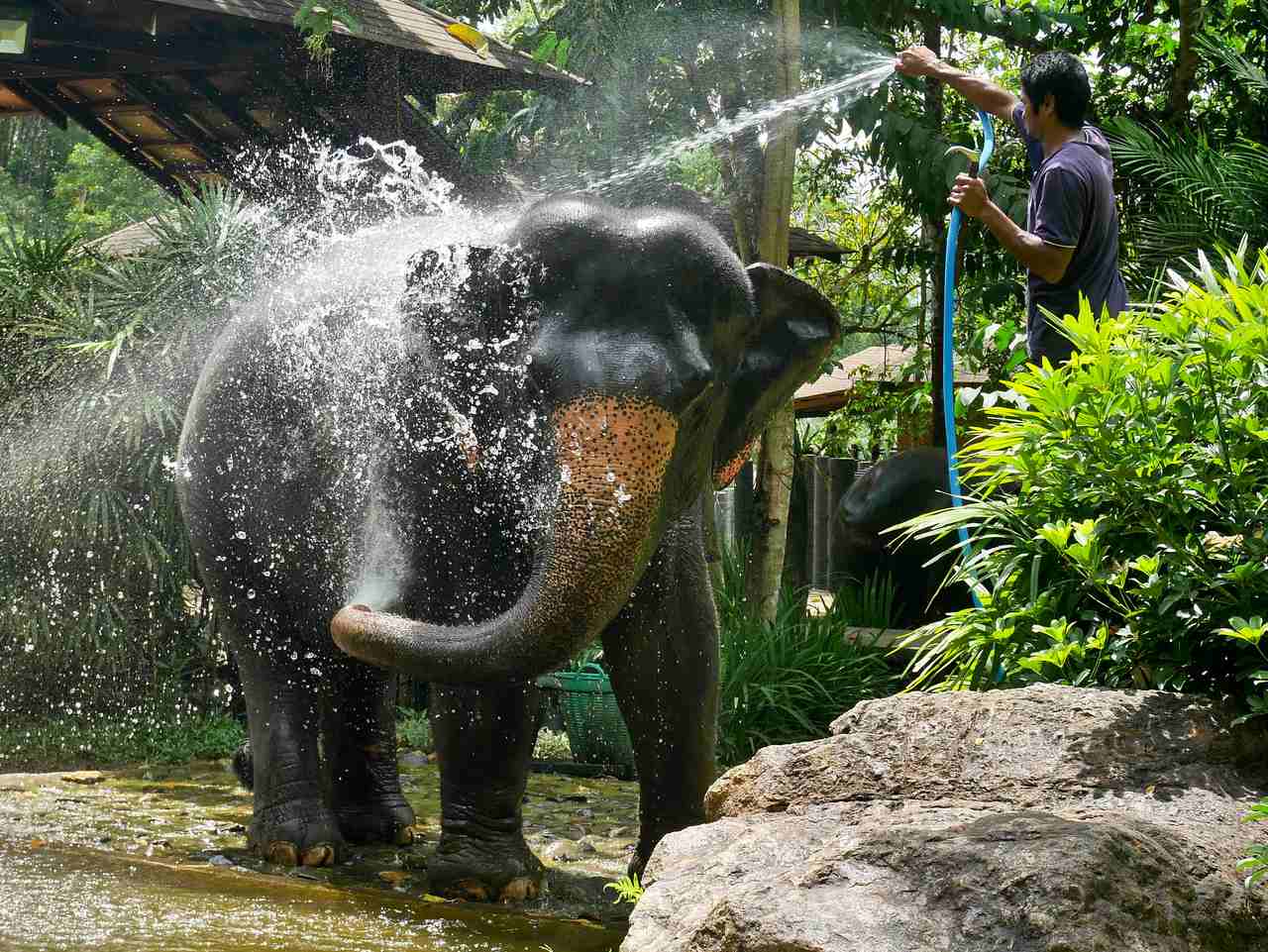
Around two hours north is Phang Nga Elephant Park, opened in 2015, which now has just nine elephants. It’s on the edge of a stunning fertile forest, and there seems to be a strong bond between the mahouts and their charges. I get to make nutrition balls to feed the elephants directly then walk alongside them up a rough track. Since groups are limited to 18, this is an opportunity to really get close and spend time with these majestic animals. When we get back, I’m saddened to see that they also encourage bathing, although with much smaller numbers than in Phuket.
Patara Elephant Farm
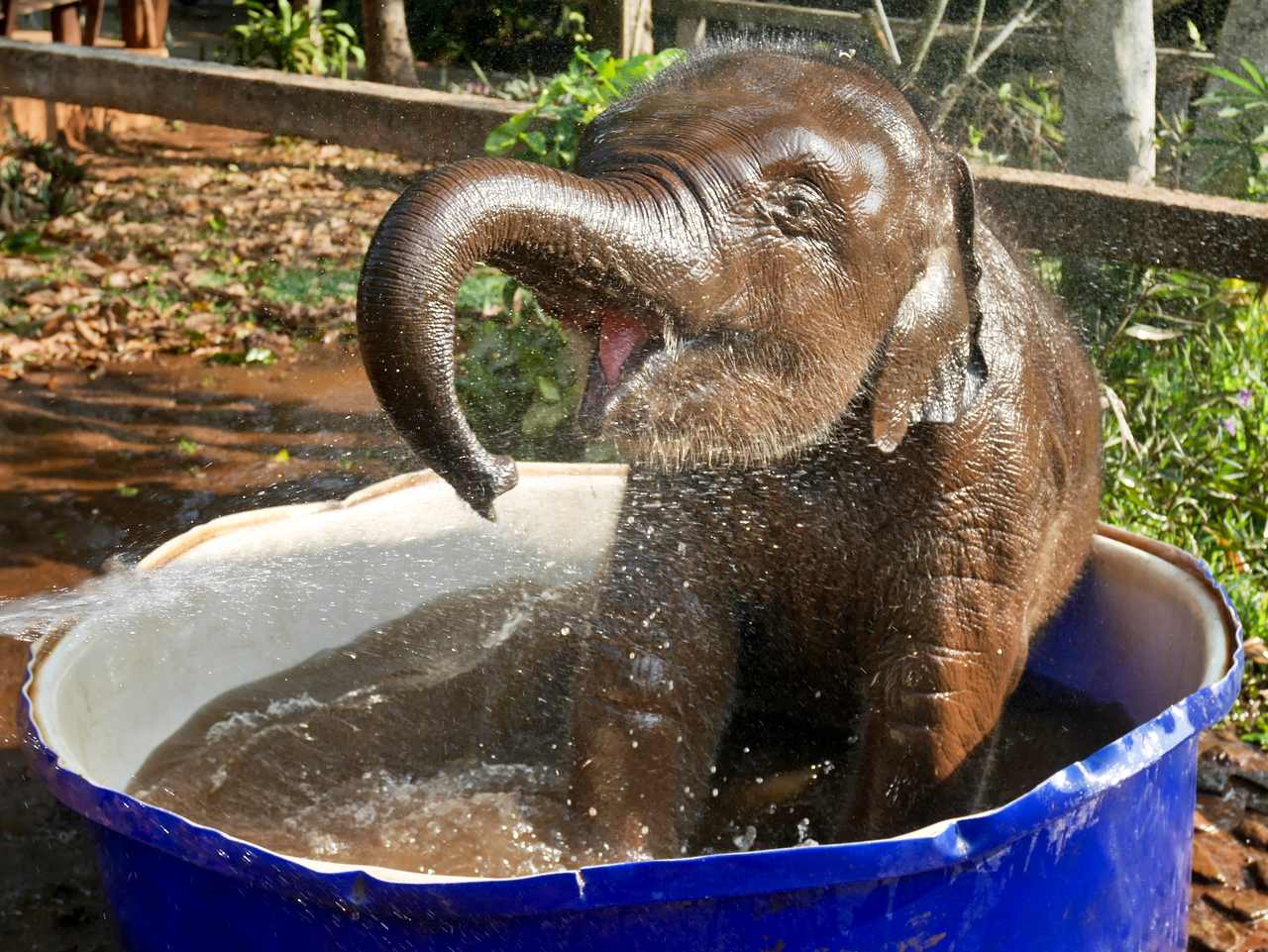
I fly to Chang Mai, in the north, which is home to the largest number of domestic elephants in the country. Less than an hour’s drive to the west is Patara Elephant Farm which focuses on breeding. They’ve had 44 babies born here and the latest is only four months old. Pat, the Thai owner gives us a rundown about elephant healthcare and tells us about his Elephant Owner for a Day programme. It all sounds fine until I learn that you not only get to wash your animal in the river but also learn how to ride on its neck and give spoken commands.
Elephant Nature Park
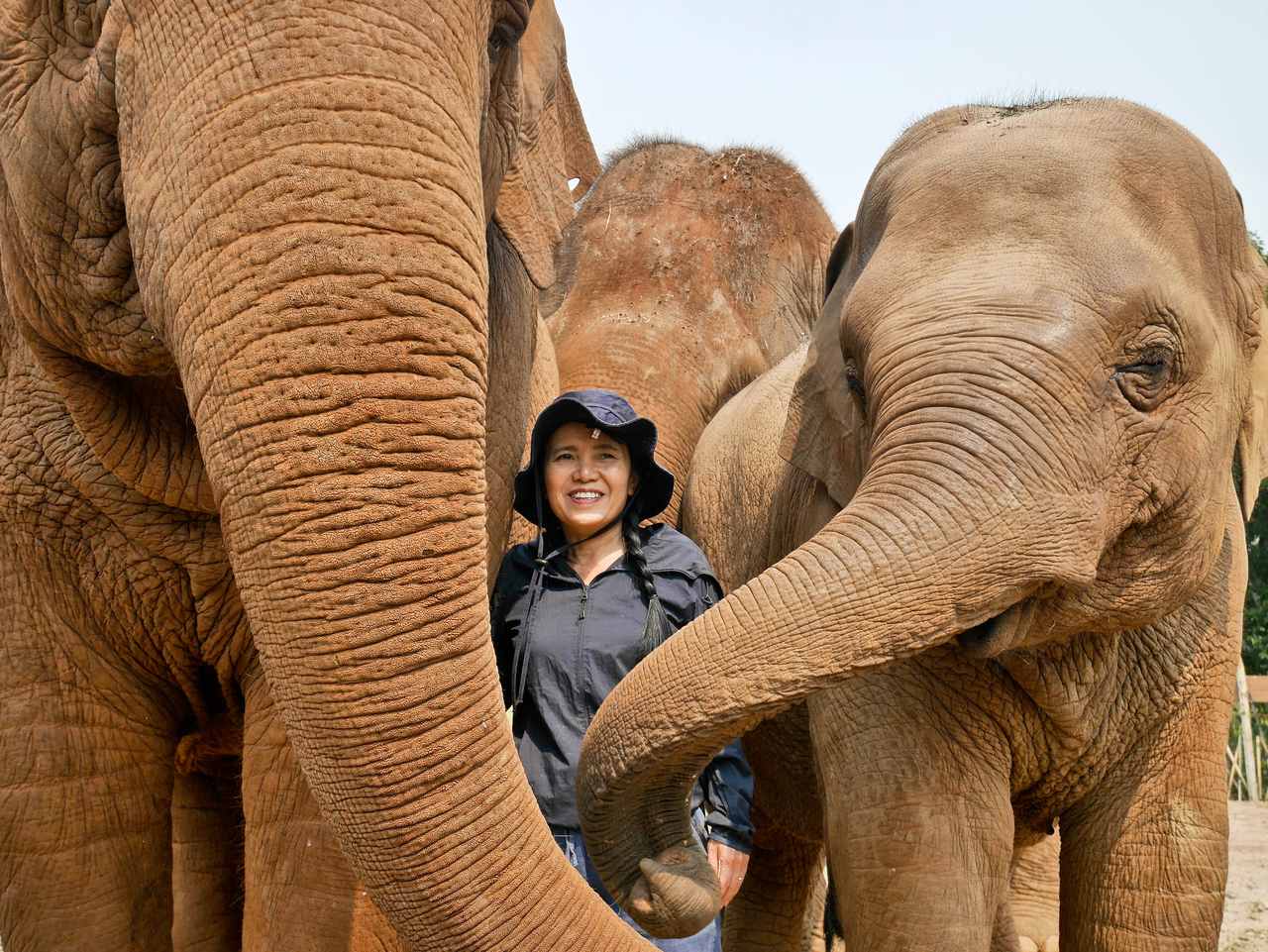
60 km outside Chang Mai is Elephant Nature Park, an animal welfare delight where no contact is allowed at all. You view the elephants from a distance on raised walkways and it gives you the impression that you’re seeing them in the wild. Of course, they’re confined at night, obeying Thai law to prevent them devastating farmland, and the males are kept separate from the females. Interestingly the charismatic founder, Lek Chailert, is quite happy to interact with the animals, throwing herself dangerously among their legs, but there’s no doubting her commitment.
Friends of the Asian Elephant Hospital
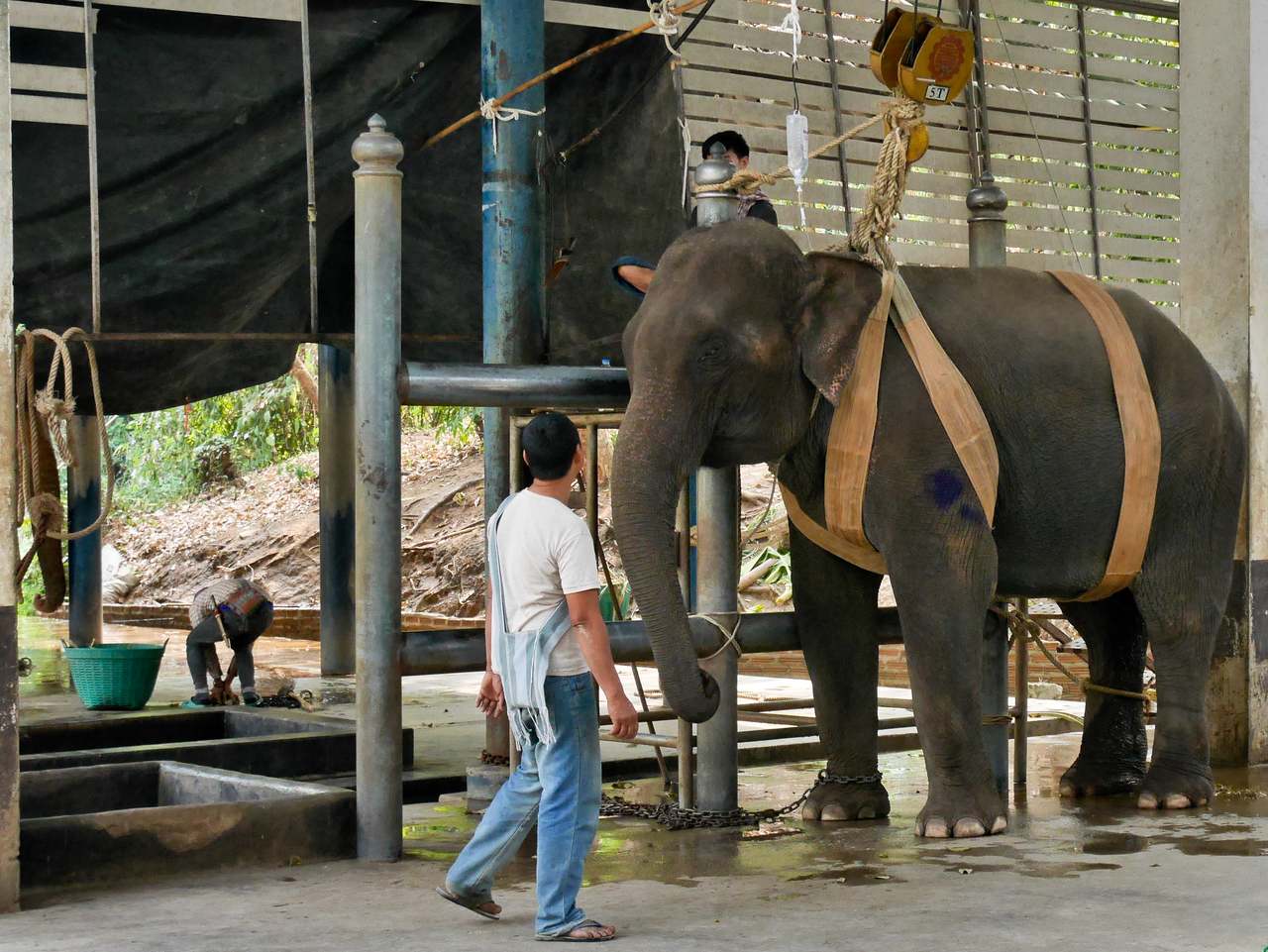
Finally, I visit the Friends of the Asian Elephant Hospital in Lampang, the world’s first elephant hospital.
They treat weak, sick and injured elephants from all over the country and also have a mobile clinic. I see two mothers undergoing treatment after emergency caesareans. Their babies grew too large in the womb, probably caused by tourists feeding them too much fruit, and both died.
Elephant welfare in Thailand
There’s no doubt that Thailand takes elephant welfare seriously and I meet a number of experts, including researchers from Chang Mai University, at a special conference at Lampang. There’s universal agreement that it’s well-nigh impossible to release captive elephants back in the wild, not least because much of their natural habitat has disappeared.
I’ve been impressed with many of the facilities I’ve visited and the progress they’ve made with welfare issues. There’s no doubt that rogue camps still exist and should be boycotted so they go out of business. However, what’s sorely lacking is a directory of all the centres so tourists can make an informed choice.
TIP: Always ask your tour operator or travel agency about welfare standards before taking one of their excursions. And, if you’re put off by visiting captive animals, take a trip to see some of the 3,000 elephants in the wild. The best chance of spotting them is in three of the country’s National Parks: Khao Yai (north-east of Bangkok), Kaeng Krachan (south-west of Bangkok) and Kui Buri (south-west of Bangkok).
Fact File
FLY: Many Carriers flies direct to Bangkok and then on to Phuket and Chang Mai.
MORE INFO: Responsible Travel has advice on what to consider if you’re planning to visit an elephant sanctuary or park.
Credit: Source link